This week, we cover the rest of the lives of Sugen’in, Joko’in, and Yodo-dono (and some other really fascinating incidental lives, like Hideyoshi’s wife Kodai’in), and ask: what can we learn from these often overlooked narratives?
Sources
Kitagawa, Tomoko. Kitanomandokoro: A Lady Samurai Behind the Shadow of Toyotomi Hideyoshi. MA Thesis, University of British Columbia, 2006.
Butler, Lee. Emperor and Aristocracy in Japan, 1467-1680: Resilience and Renewal.
Lillehoj, Elizabeth. Art and Palace Politics in Early Modern Japan, 1580s-1680s.
Boscaro, Adriana. “An Introduction to the Private Correspondence of Toyotomi Hideyoshi.” Monumenta Nipponica 27 No 4( Winter, 1972).
Sekiguchi, Sumiko and Michael Burtscher. “Gender in the Meiji Rennovation: Confucian ‘Lessons for Women’ and the Making of Modern Japan.” Social Science Japan Journal 11, No 2 (Winter, 2008).
An article covering a recently-unearthed letter from Hideyoshi to Yodo-dono, from Nippon.com.
Images
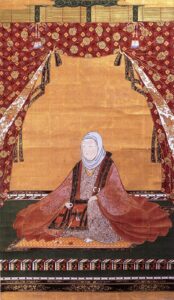
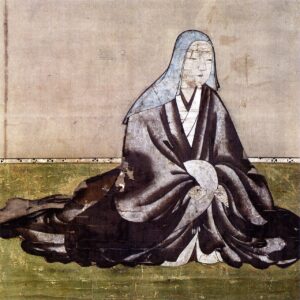
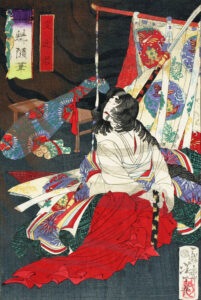
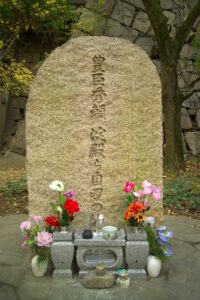
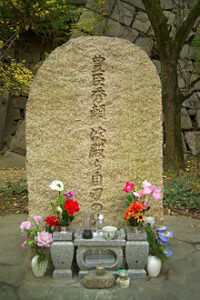
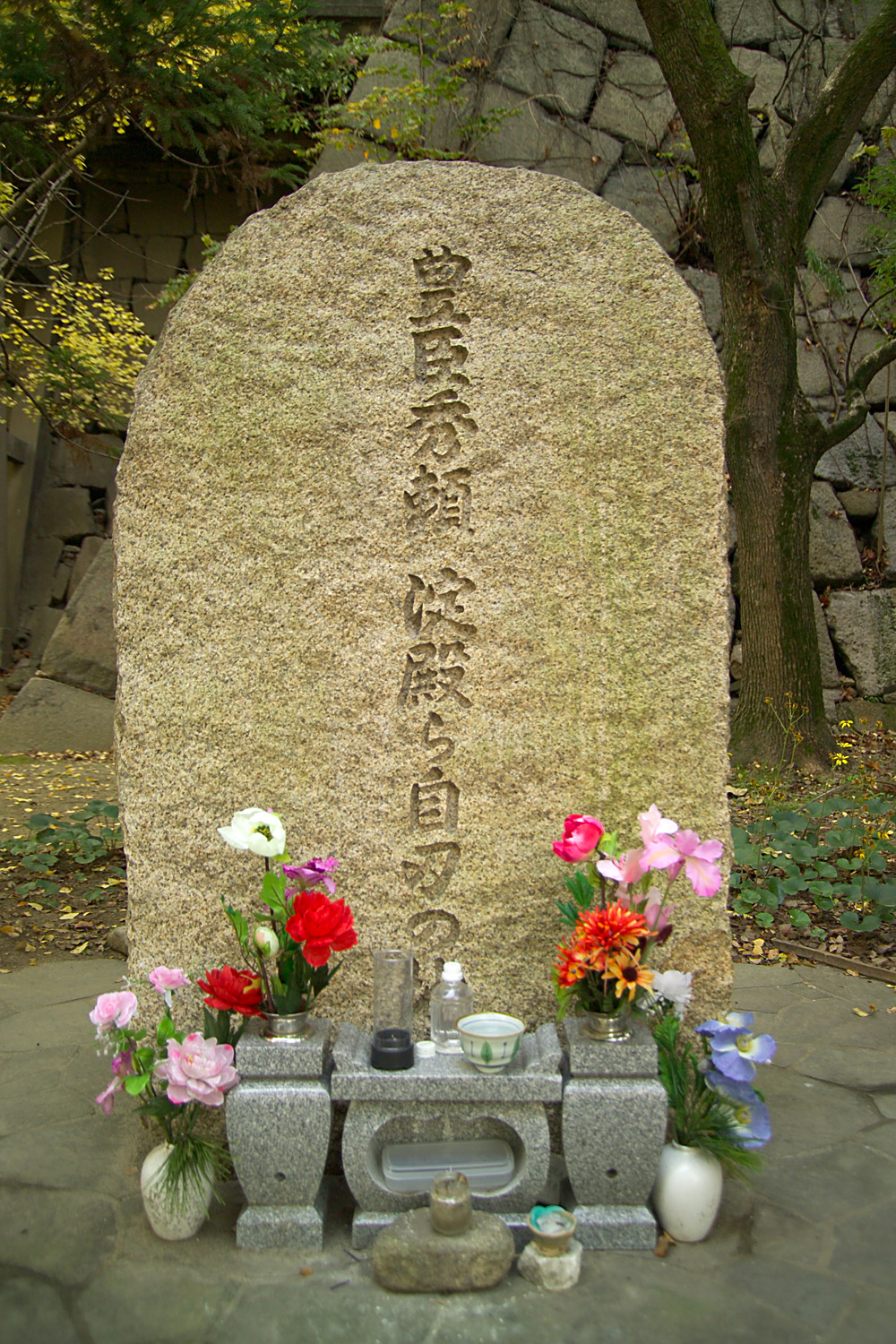
I always knew her by her name Nene because of Nene no Michi. Never heard her called Kodai-in.